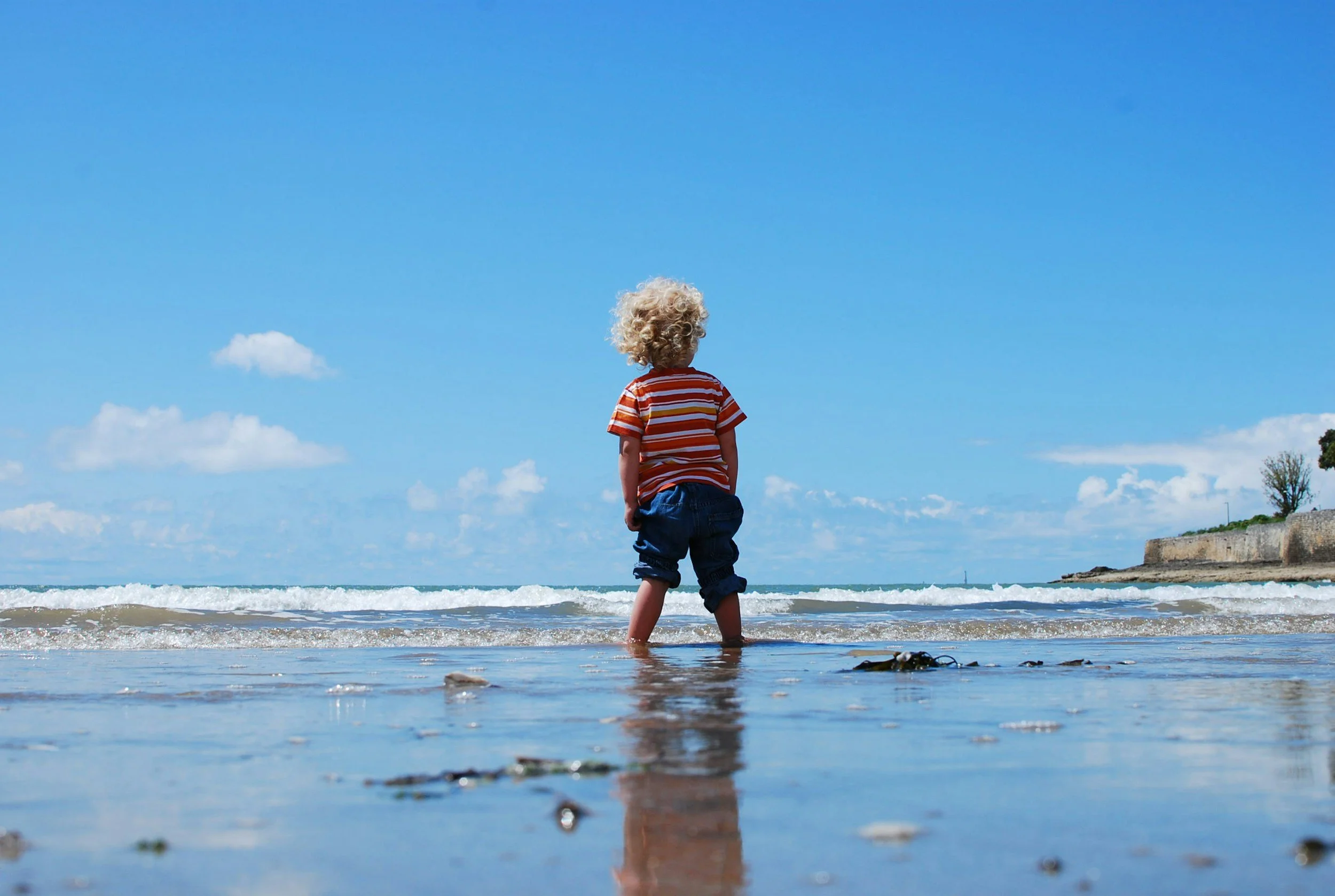Mindfulness for Kids of All Ages: Simple strategies for toddlers, kids and teens to build emotional resilience.
You might notice a theme in many of my posts, mindfulness. At its core, mindfulness is the practice of paying attention to the present moment without judgment. It’s simple in theory, but not always easy in practice, especially when big feelings show up.
Mindfulness supports emotional regulation, distress tolerance, cognitive functioning, and overall mental well-being. And it’s not just for adults; kids of all ages can benefit from mindfulness practices, especially when we model them consistently at home. Whether you’re parenting a toddler in full meltdown mode or a teenager navigating stress and self-doubt, mindfulness can offer a grounding anchor.
If you are someone without kids reading this, these ones can also be fun for adults.
Ages 0–5: The Calm Down Bottle
If you’ve spent even five minutes with a toddler, you know their feelings are BIG. Young children often lack the language or self-awareness to name what they’re feeling, let alone manage it. That’s where visual and sensory tools can help. These tools can be especially helpful for neurodivergent kids, with ADHD, autism or other sensory processing disorders.
One of my favorite mindfulness tools for toddlers is the Calm Down Bottle. It’s a sensory jar filled with glitter and water. Watching the glitter swirl and settle gives little ones a tangible way to visualize their emotions calming down.
What you’ll need:
A plastic water bottle or jar
Water
Clear glue
Glitter
Optional: food coloring, small objects like a marble
Instructions:
Fill the bottle with water and glue, then add glitter. The more glue you use, the slower the glitter falls. Customize it however you’d like! Want to skip the mess? You can also purchase a ready-made calm bottle here or find a DIY version here.
Shake the bottle, watch the glitter settle, and breathe together. It’s a simple yet powerful way to introduce calming strategies to little ones.
Ages 5–12: Starfish Breath
Kids in this age group are developmentally ready to follow simple breathing instructions and can begin to practice mindfulness on their own. One of my favorite techniques for elementary-aged kids is Starfish Breath. It’s a fun and easy way to guide deep breathing using your hand, and it’s always accessible!
How to do it:
Have your child hold out one hand like a starfish. With the pointer finger of their opposite hand, trace up and down each finger. Inhale as they trace up, and exhale as they trace down. Check out this short video demo to see it in action.
This technique works great during transitions, after school, or when your child is feeling overwhelmed.
Ages 13–18: Positive Mantra
Teens often experience high levels of stress, negative self-talk, and pressure from school, social media, and peers. One powerful tool for building self-compassion and reducing anxiety is the use of a mindful mantra.
Encourage your teen to choose a word or short phrase that feels supportive or empowering, something like -
“I am enough.”
“I am strong.”
“I am capable.”
“I am safe.”
“This moment will pass.”
They can say this silently while breathing.
Inhale: “I am capable.”
Exhale: “I am capable.”
If their mind wanders (which it will), that’s totally normal. The practice is simply coming back to the breath and the mantra, again and again and again.
This tool is especially helpful for teen girls and young women, who often internalize messages of perfectionism. Affirmations can be a gentle, daily reminder of their inherent worth.
Final Thoughts
Mindfulness doesn’t need to be complicated or time consuming. The key is consistency and modeling. When your child or teen sees you using these tools, they’re more likely to try them, too.
Whether your little one is melting down over snack time or your teen is overwhelmed by school stress, these age-specific mindfulness strategies can help build resilience, emotional awareness, and confidence.
Want more support like this? Check out my post on Box Breathing and join my mailing list below to get mindful parenting tools, mental health tips and new blog posts delivered straight to your inbox. You’ll also be the first to hear about upcoming groups and resources for parents, families and people.

